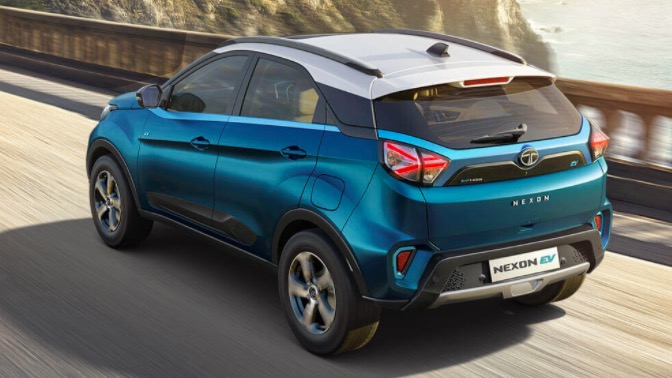Tata working on 3 EV Platforms - Its strategy explained in detail
To pump in Rs 15,000 crore

Tata Motors, which recently announced its new standalone EV subsidiary TPEML (Tata Passenger Electric Mobility Limited) with plans to launch 10 new electric vehicles (EVs) by 2026, is said to be pumping in Rs 15,000 crore over the next four years to build 3 dedicated platforms to roll out those vehicles.
According to a report in Autocar India, the three platforms will comprise a conventional ICE (Internal Combustion Engine) platform, a bespoke EV platform and a skateboard platform. The platforms are being unveiled in three distinct phases, but work on them has begun parallelly, the report said. The first platform is already in use, as it happens.
- Electric Vehicles in India register record growth; Tata Nexon leads the pack
- Buying an EV could get cheaper in India - here's how
Tata's current EV plan is based on ICE platform

The top EV maker in country has Nexon EV and Tigor EV as its current bestsellers, and both are based ICE platforms respectively. Tatas settled for the ICE platform just for the quick convenience it offers in helping make an EV out of an IC engine. A new EV platform takes time to design and make, and the Tatas understandably wanted their EVs to out in the market early to make the most out of the surge in demand for EVs.
In the event, both Nexon EV and Tigor EV are based on X1 and X0 ICE platforms respectively that have been tinkered and tweaked to suit the battery packs and necessary internals. The impending coupe version of the Nexon EV will also be based on the X1 platform.
Sigma and Skaterboard platforms are Tata's future
But since the ICE platform is only a stopgap solution, Tata is also simultaneously working on an EV architecture named Sigma, which is based on the ALFA debuted in the Altroz. It is a modified platform and EVs churned out of this platform likely would be lighter and offer more battery range than an IC engine conversion EV. It will underpin the forthcoming Sierra EV and some of the other models.
And finally the skateboard pure BEV (Battery Electric Vehicle) platform is purpose built for EVs from scratch, and hence the design and development would be more interesting with less compromises. Even though a skateboard platform takes time to be built, it eventually cuts down the cost and complexity of production of EVs, as all the necessary driving and electronic components are integrated into it. The skateboard allows for design and manufacture of vehicles in different categories and body segments without engineering each one exhaustively.
But the platform would take time to be built, and hence the Tatas will use it only in their next generation EVs.
Sign up for breaking news, reviews, opinion, top tech deals, and more.
The company is currently working on whether to source the skateboard from an outside supplier or develop one on its own. Tata will use Hyundai and Kia’s E-GMP dedicated EV base (seen in vehicles like Ioniq 5) as the blueprint for its design.
With Tata doing the all the front-running, it is surely well placed to make much inroads in the Indian electric car market, which is forecast to grow to two million cars by 2030.
Want to know about the latest happenings in tech? Follow TechRadar India on Twitter, Facebook and Instagram!

Over three decades as a journalist covering current affairs, politics, sports and now technology. Former Editor of News Today, writer of humour columns across publications and a hardcore cricket and cinema enthusiast. He writes about technology trends and suggest movies and shows to watch on OTT platforms.